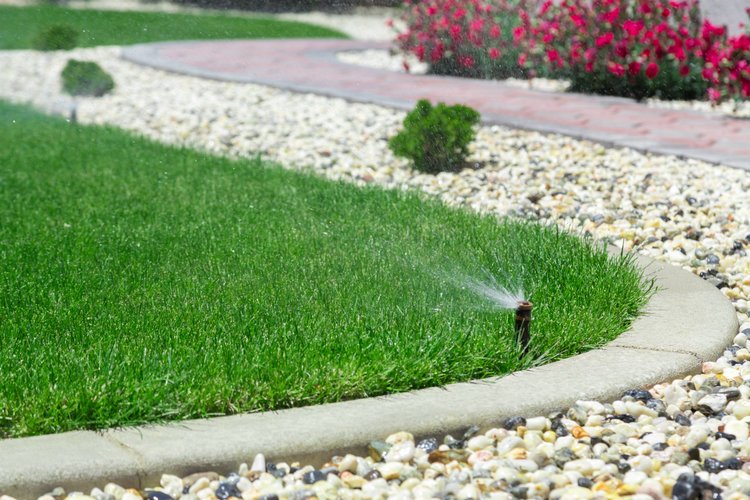
RESIDENTIAL
Irrigation Systems
DESIGN & INSTALLATION
Lawn & Landscape Hydration
Keep your lawn and landscape well-watered and vibrantly green with a professional irrigation system installation. Our smart systems sense the moisture level in the soil and only run when needed. You can rest easy knowing you’re helping conserve water and protect the environment.

WINTERIZATION & SPRING START-UPS
Seasonal Care
Prepare your irrigation system for the year’s harshest weather with our winterization services. Our highly trained technicians will blow the water out of the system, which helps prevent bursting frozen pipes and cracked parts. In the spring, we’ll start up your irrigation system and free it of debris and excess air, activate your sprinklers, and inspect for efficiency.
AUDITS & MAINTENANCE
System Repairs
Whether your irrigation system requires a repair or you want to ensure it’s working flawlessly, our professional maintenance and audit services will help. We’ll complete regular full-system inspections, including sprinkler heads and water pressure, make repairs and adjustments, and offer suggestions for improvement.

TESTIMONIALS
Customer Stories
They have always guaranteed their work and been extremely responsive to any questions or concerns that we have had. They re-designed our front landscaping to our specifications and have always been quick with any urgent and spontaneous clean-up needs that we have.
VISCOUNT WINES & LIQUOR VIA GOOGLE

